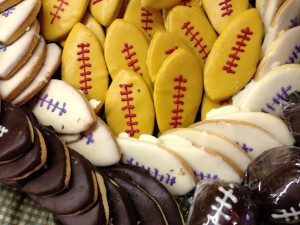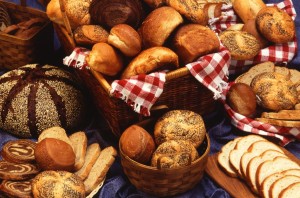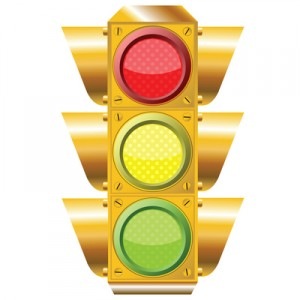 It’s amazing how food has become associated with football — from tailgating to Super Bowl parties. If you want to, there are plenty of choices for eating deliciously well if you are more mindful than mindless about your choices.
It’s amazing how food has become associated with football — from tailgating to Super Bowl parties. If you want to, there are plenty of choices for eating deliciously well if you are more mindful than mindless about your choices.
Your best bets are to stick with grilled meat, veggies, baked chips rather than fried, plain bread, a pita, or wrap rather than biscuits or cornbread. Go for salsa and skip the guacamole. Turkey, baked ham, and grilled chicken are better choices than wings and fried chicken.
What Makes Us Eat Too Much?
Hunger doesn’t always prompt most of us to overeat – especially on holidays or event days. Family, friends, plate size, packaging, lighting, smells, distractions, the environment, and feelings all do. We make about 200+ food related decisions a day.– like deciding between pizza or wings; a sandwich or salad; chocolate chip or oatmeal cookie; light beer or diet coke; kitchen table or chair in front of the TV. That’s about 200+ daily opportunities to be mindful or mindless – and probably a whole lot more when faced with a flow of food, an exciting game, a halftime show, and some good natured (hopefully) wagering.
Here Are Some Good, Better, and Best Options:
- Tostada with guacamole: 2 pieces (9.3 oz), 360 calories, 23g fat, 32g carbs, 12g protein
- Salsa: 1 tablespoon 4 calories, .04g fat, 1g carbs, .2g protein
- Nacho flavored tortilla chips, reduced fat: 1 oz, 126 calories, 4g fat, 20g carbs, 2g protein
- Nacho flavored tortilla chips: 1oz, 141 calories, 7g fat, 18g carbs, 1g protein
- Potato chips: 1oz, 152 calories, 10g fat, 15g carbs, 2g protein
- Potato chips, reduced fat: 1 oz, 134 calories, 6g fat, 19g carbs, 2g protein
- Raw baby carrots: 1 medium, 4 calories, 0 fat, .8g carbs, 0 protein
- Pizza Hut cheese pizza: 1 slice (1/8 of a 12” medium pan pizza), 240 calories, 10g fat, 27g carbs, 11g protein
- Pizza Hut pepperoni pizza: 1 slice (1/8 of a 12” medium pan pizza), 250 calories, 12g fat, 26g carbs, 11g protein
- Grilled chicken breast: one 4.2 oz breast, 180 calories, 4g fate, 0 carbs, 35g protein
- KFC Fiery hot Buffalo wing: one 1oz wing, 80 calories, 5g fat, g carbs, 4g protein
- KFC extra crispy drumstick: one 2oz piece, 150 calories, 6g carbs, 11g protein
- Chili (Wendy’s, with saltine crackers): 8 oz, 187 calories, 6g fat, 19g carbs, 14g protein
- Wheat bread: 1 slice, .9 oz., 65 calories, 1g fat,, 12g carbs, 2g protein
- Italian combo on ciabatta (Panera): 1 sandwich, 1lb. 7 oz, 1050 calories, 47g fat, 94g carbs, 61g protein
- Subway 6g of fat or less turkey breast & ham on wheat sandwich: 8.3oz, 296 calories, 4g fat, 48g carbs, 19g protein
- Chocolate chip cookie: 2-1/4” from refrigerated dough. 59 calories, 3g fat, 8g carbs, 0.6g protein
- Chocolate ice cream, Cold Stone Creamery: 5oz (like it), 326 calories, 20g fat, 33g carbs, 5g protein
- Apple: medium, 95 calories, .4g fat, 25g carbs, .5g protein
Just In Case: Some Football-themed Exercises To Help Burn Off Those Calories
Try these to burn off those 1200 game day calories (Source: DietDetective):
- Drinking six bottles of Budweiser beer means needing to do “The Wave” 4, 280 times
- One KFC extra crispy drumstick and an extra crispy chicken breast requires 203 end zone touchdown dances
- Applebee’s chili cheese nachos means 159 minutes of playing non-stop professional football
- Eating ten Lay’s classic potato chips with Kraft French onion dip means you have to dance to Madonna for 134 minutes



